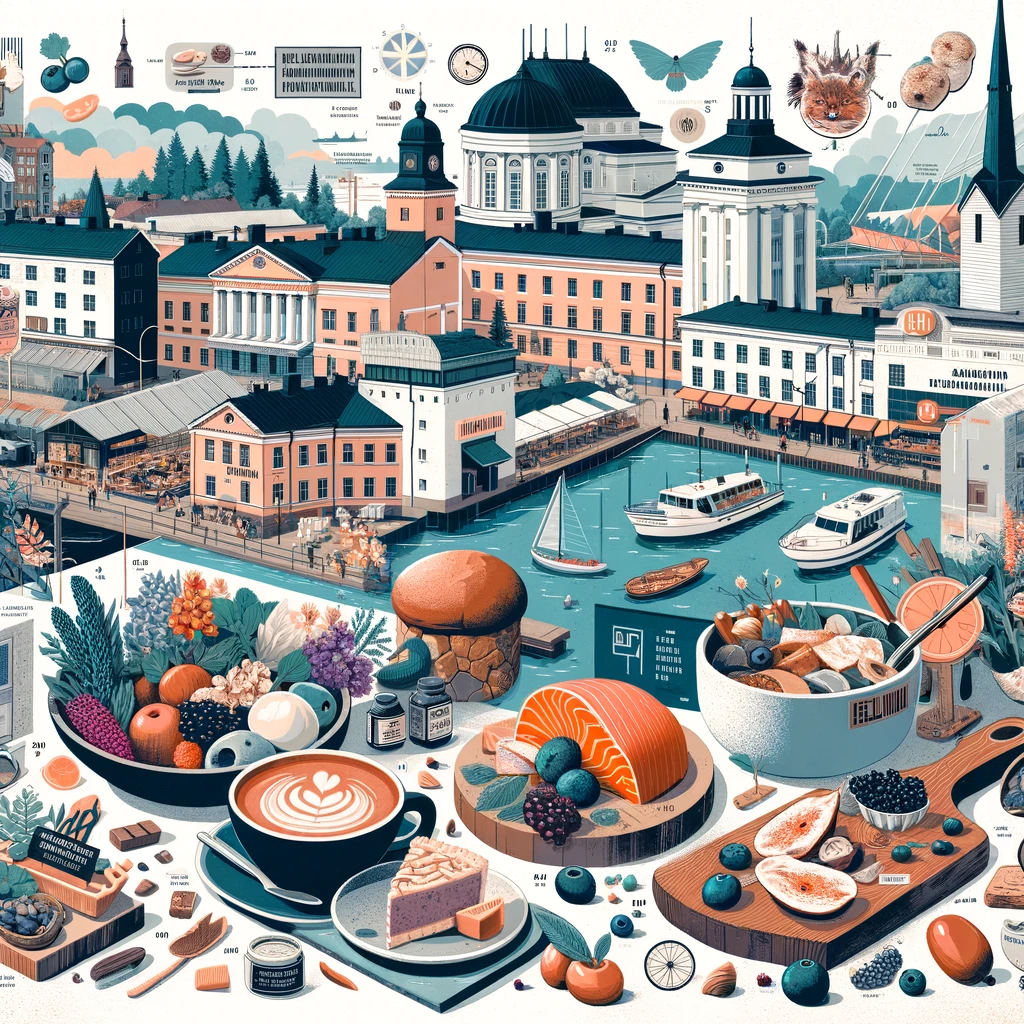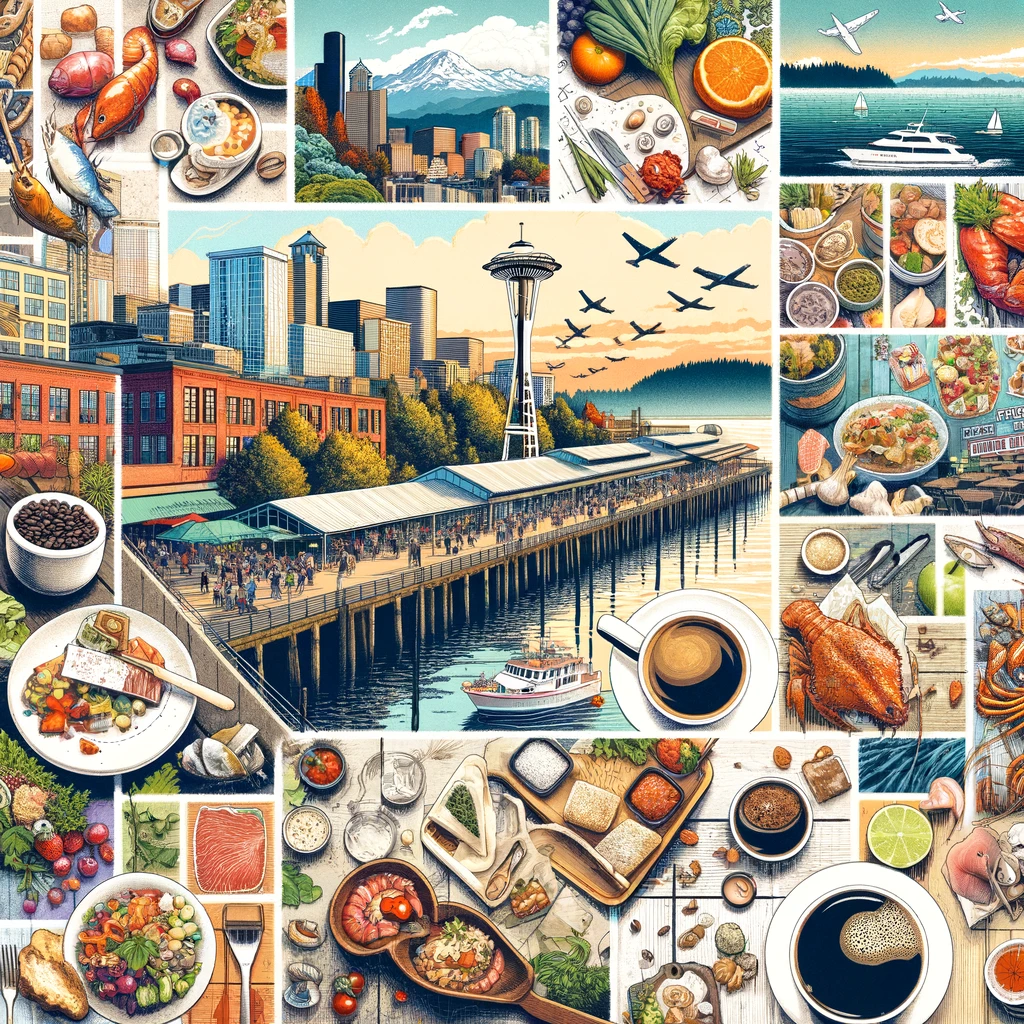How to Make the Perfect Charcuterie Board


Essential Ingredients and Components
Creating a delicious and visually appealing charcuterie board doesn't have to be complicated. With the right ingredients and components, you can impress your guests and elevate your entertaining game. Here are the key elements to consider:
Choosing the right meats and cheeses
Meats: Start by selecting a variety of cured meats such as prosciutto, salami, and chorizo. Opt for different flavors and textures to provide a diverse range of options for your guests.
Cheeses: Offer a selection of soft, semi-soft, and hard cheeses. Some popular choices include brie, cheddar, and gouda. Consider adding a blue cheese for a more intense flavor.
Selecting accompaniments like bread, crackers, and fruits
Bread and Crackers: Choose a mix of bread and crackers to provide a base for your charcuterie board. Baguette slices, artisanal bread, and a variety of crispy crackers work well.
Fruits: Add a touch of freshness and sweetness with seasonal fruits like grapes, berries, and figs. They add color and complement the flavors of the meats and cheeses.
Adding variety with condiments and spreads
Condiments: Offer a range of condiments to enhance the flavors on your charcuterie board. This can include mustards, chutneys, honey, and pickles. Experiment with different flavors to find your favorites.
Spreads: Include spreads like hummus, pâté, or flavored cream cheese to add extra richness and variety.
Remember to arrange your charcuterie board with an artistic eye, placing the different elements in an appealing and organized manner. Don't forget to provide small knives or spreaders for guests to use.
With these essential ingredients and components, you can create a charcuterie board that is sure to impress your guests and satisfy their taste buds. Enjoy the process and get creative with your choices!

Building the Charcuterie Board
Are you hosting a party or gathering and want to impress your guests with an eye-catching and delicious charcuterie board? Look no further! Here are some key tips to help you create a stunning and well-balanced charcuterie board that will leave everyone wanting more.
Arranging meats and cheeses for visual appeal
-
Vary the textures and colors: Choose a variety of cured meats such as prosciutto, salami, and chorizo. Opt for different textures and colors to create interest and visual appeal.
-
Layer and fold: Arrange the meats in different ways, such as rolling or folding slices of prosciutto. This adds dimension and makes the board look more enticing.
-
Introduce different types of cheeses: Select a mix of hard and soft cheeses like cheddar, brie, and gouda. Cut the cheeses into various shapes, such as cubes, wedges, or slices, and place them strategically around the board.
Creating balance and contrast with colors and textures
-
Add fresh fruits and vegetables: Incorporate colorful fruits like grapes, strawberries, or slices of apple. This adds a pop of color and freshness to the board.
-
Include pickled or marinated items: Add olives, pickles, or marinated artichokes to provide a tangy and flavorful element. These ingredients also offer a contrasting texture and taste.
Organizing accompaniments for easy pairing
-
Offer a variety of bread and crackers: Include different types of bread and crackers for your guests to pair with the meats and cheeses. French baguette slices, water crackers, and whole-grain crackers are great options.
-
Add spreads and dips: Provide a selection of spreads like honey, mustard, or fig jam. These can be paired with the meats and cheeses to enhance the flavors.
Remember, the key to a successful charcuterie board is balance, variety, and visual appeal. Get creative, have fun, and enjoy the process of building a delicious and beautiful arrangement of flavors.
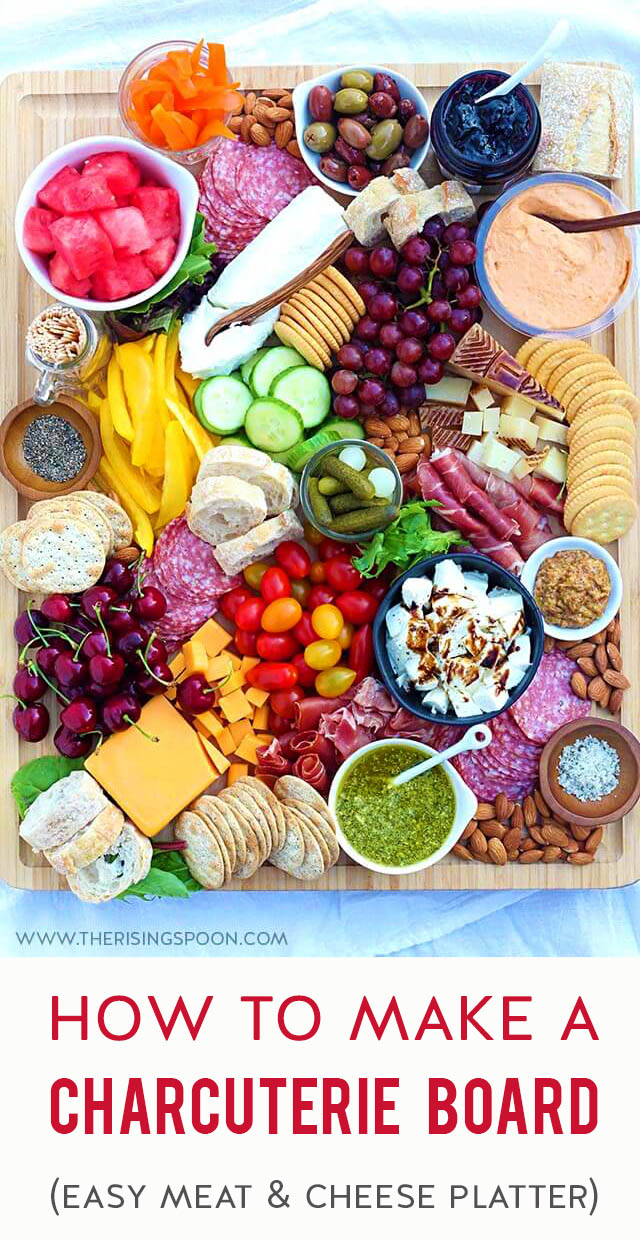
Styling and Presentation Tips
Choosing the right serving tray or board
When it comes to creating a beautiful charcuterie board, selecting the right serving tray or board is crucial. Opt for a large wooden cutting board or a marble slab to create a rustic and elegant look. You can also use slate boards or ceramic platters for a modern twist. Make sure the size of the board matches the amount of food you're planning to serve to avoid overcrowding or leaving empty space.
Adding decorative elements for an aesthetic touch
To enhance the visual appeal of your charcuterie board, add decorative elements that complement the arrangement of the food. Fresh fruits, such as berries or grapes, can provide a burst of color. Sprigs of herbs, such as rosemary or thyme, add a touch of elegance. Don't forget to include some small bowls or ramekins for dips or spreads. These decorative elements will not only make your board look more appetizing but also create a cohesive and Instagram-worthy display.
Garnishing and final touches
To elevate the overall presentation of your charcuterie board, pay attention to the garnishing and final touches. Arrange cured meats and cheeses in different shapes and textures, creating visual interest. Sprinkle nuts and dried fruits around the board for added texture and flavor. Drizzle honey or balsamic glaze over specific ingredients for an extra pop of taste and visual appeal. Finally, garnish the board with fresh herbs or edible flowers to make it look even more impressive.
Remember, the key to a stunning charcuterie board is to be creative and have fun with your presentation. Experiment with different combinations of flavors and textures, and don't be afraid to add your own personal touch.
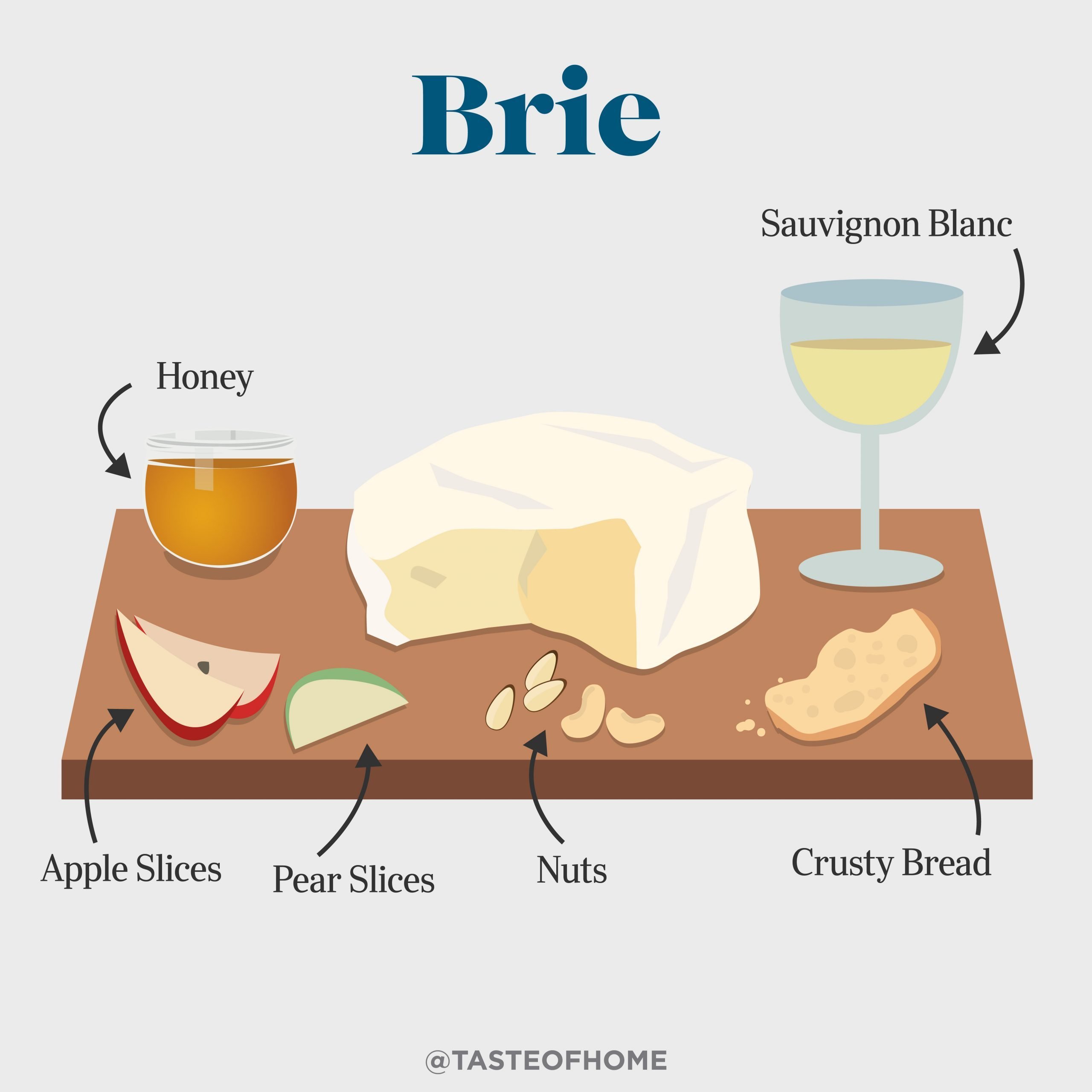
Serving and Enjoying the Charcuterie Board
So, you've decided to impress your guests with a beautiful charcuterie board. Now what? Here are some tips on how to serve and enjoy your charcuterie board to make it a memorable experience for everyone involved!
Pairing recommendations for different flavors
1. Balance of flavors: When selecting cured meats, cheeses, fruits, and accompaniments for your charcuterie board, aim for a balance of flavors. Consider pairing bold and rich flavors with lighter and more subtle ones to create a harmonious tasting experience. For example, pair spicy salami with creamy goat cheese and sweet fig jam.
2. Complementary pairings: Look for pairings that complement each other. For instance, pair salty prosciutto with sweet melon slices or tangy blue cheese with tart apples. These combinations will elevate the flavors and create a well-rounded tasting experience.
Tips for serving and sharing with guests
1. Presentation is key: Arrange your charcuterie board with deliberate thought and creativity. Choose a variety of textures, colors, and shapes to make it visually appealing. Use small bowls or ramekins to house dips, olives, or spreads.
2. Provide ample utensils: Make sure to have enough knives, spoons, and forks for your guests to use. This will allow them to easily serve themselves and enjoy the different components of the charcuterie board.
Enjoying the experience of a well-curated charcuterie board
1. Explore and savor: Encourage your guests to explore the different flavors and textures on the charcuterie board. Remind them to take their time and savor each bite.
2. Engage in conversation: A charcuterie board is meant to be enjoyed as a social gathering. Encourage your guests to share their thoughts on the flavors, ask questions, and engage in lively conversation. This will enhance the overall experience and create beautiful memories.
Remember, the beauty of a charcuterie board lies not only in the quality of the ingredients but also in the enjoyment and connection it brings to your gathering. So go ahead, get creative, and delight your guests with a well-curated charcuterie board. Cheers!
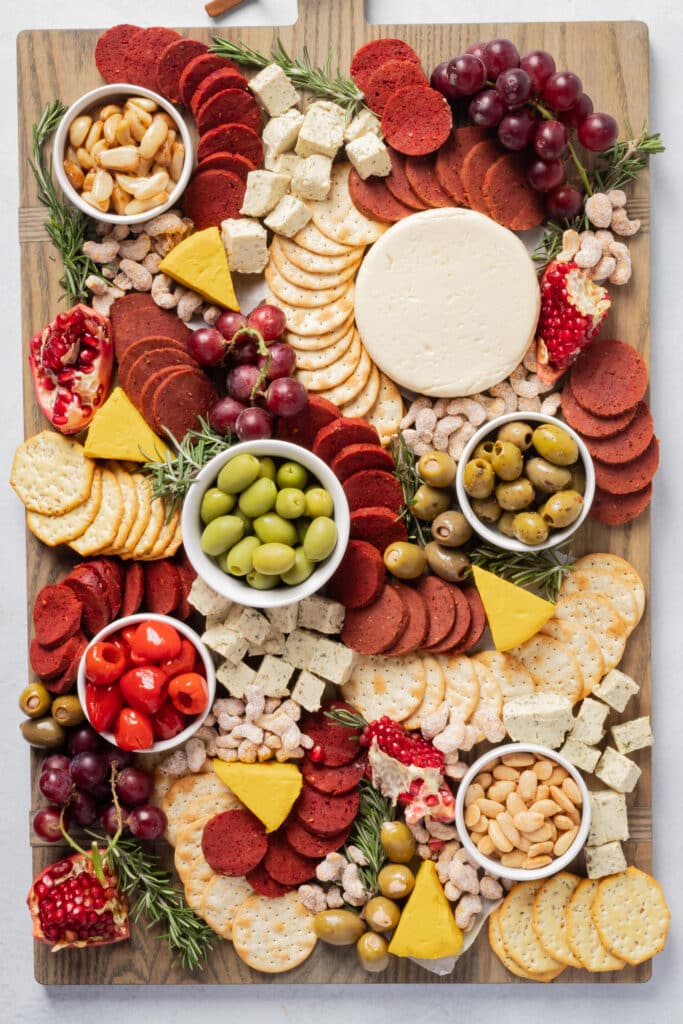
Alternative and Dietary Options
When it comes to creating a charcuterie board, you don't have to stick to the traditional meat and cheese options. There are plenty of alternative and dietary options to consider that can cater to everyone's tastes and preferences.
Vegetarian and vegan charcuterie board ideas
-
Plant-based proteins: Include a variety of marinated tofu, tempeh, or seitan as alternatives to meat.
-
Fruits and vegetables: Incorporate a colorful assortment of fresh fruits and vegetables, such as sliced cucumbers, cherry tomatoes, grapes, and berries.
-
Hummus and dips: Offer different flavors of hummus, guacamole, or vegan cheese spreads for dipping.
-
Nuts and seeds: Add a selection of roasted almonds, cashews, walnuts, and pumpkin seeds for a crunchy texture.
Gluten-free or dairy-free alternatives
-
Gluten-free crackers: Replace regular crackers with gluten-free options made from rice or almond flour.
-
Alternative cheeses: Include dairy-free cheese options made from nuts or soy for those who are lactose intolerant or follow a dairy-free diet.
-
Charcuterie meats: Opt for gluten-free and nitrate-free cured meats, such as prosciutto or salami, that are safe for those with gluten sensitivities.
-
Accompaniments: Offer gluten-free and dairy-free accompaniments like pickles, olives, and chutneys for added flavors.
Remember to label each item on your charcuterie board so that your guests know exactly what they're enjoying. With these alternative and dietary options, you can create a charcuterie board that is inclusive and satisfies the preferences of all your guests.
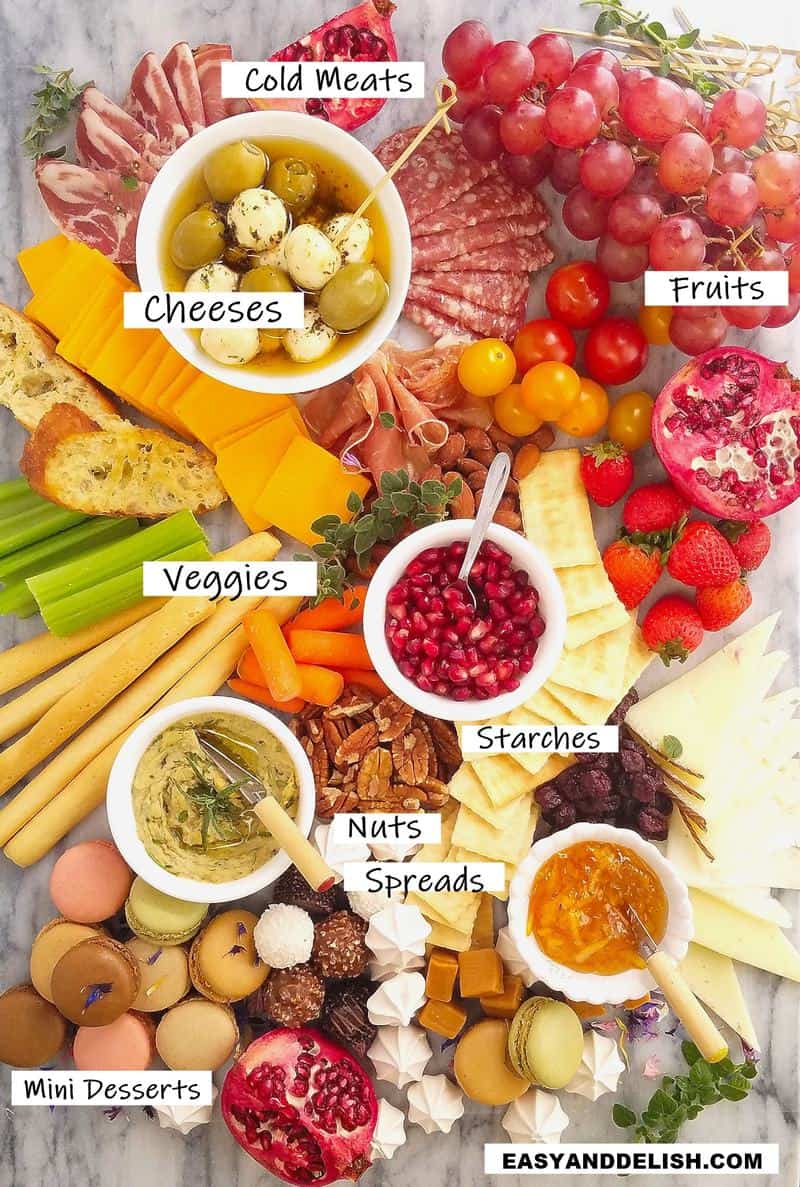
Tips for Storage and Leftovers
Properly storing leftover meats and cheeses
-
Separate the meats and cheeses: To prevent cross-contamination and preserve freshness, store your leftover meats and cheeses in separate airtight containers or resealable bags.
-
Refrigerate promptly: Place the containers or bags in the refrigerator as soon as possible after serving. This helps maintain the quality and safety of the meats and cheeses.
-
Label and date: It's important to label and date your leftover meats and cheeses so you can keep track of their freshness. This will help you determine when it's time to use them or discard them.
-
Use within a few days: While the exact shelf life may vary depending on the type of meat or cheese, it's generally recommended to consume leftovers within 3-5 days for optimal quality and safety.
Creative ways to repurpose leftovers
-
Create sandwiches or wraps: Use your leftover meats and cheeses to make delicious sandwiches or wraps. Add some fresh vegetables, spreads, and condiments for added flavor.
-
Make a salad: Chop up the leftover meats and cheeses and toss them into a salad for a protein-packed meal. You can also add some nuts, fruits, and a flavorful dressing.
-
Cook up a frittata or quiche: Beat some eggs, add your leftover meats and cheeses, and bake them into a tasty frittata or quiche. This is a great way to transform your leftovers into a whole new meal.
-
Top your pizzas or pasta: Use the leftover meats as a topping for homemade pizzas or mix them into your favorite pasta dishes. It adds extra flavor and makes your meal more satisfying.
Remember, proper storage and creative repurposing of your leftover meats and cheeses can help you minimize food waste while enjoying delicious meals.
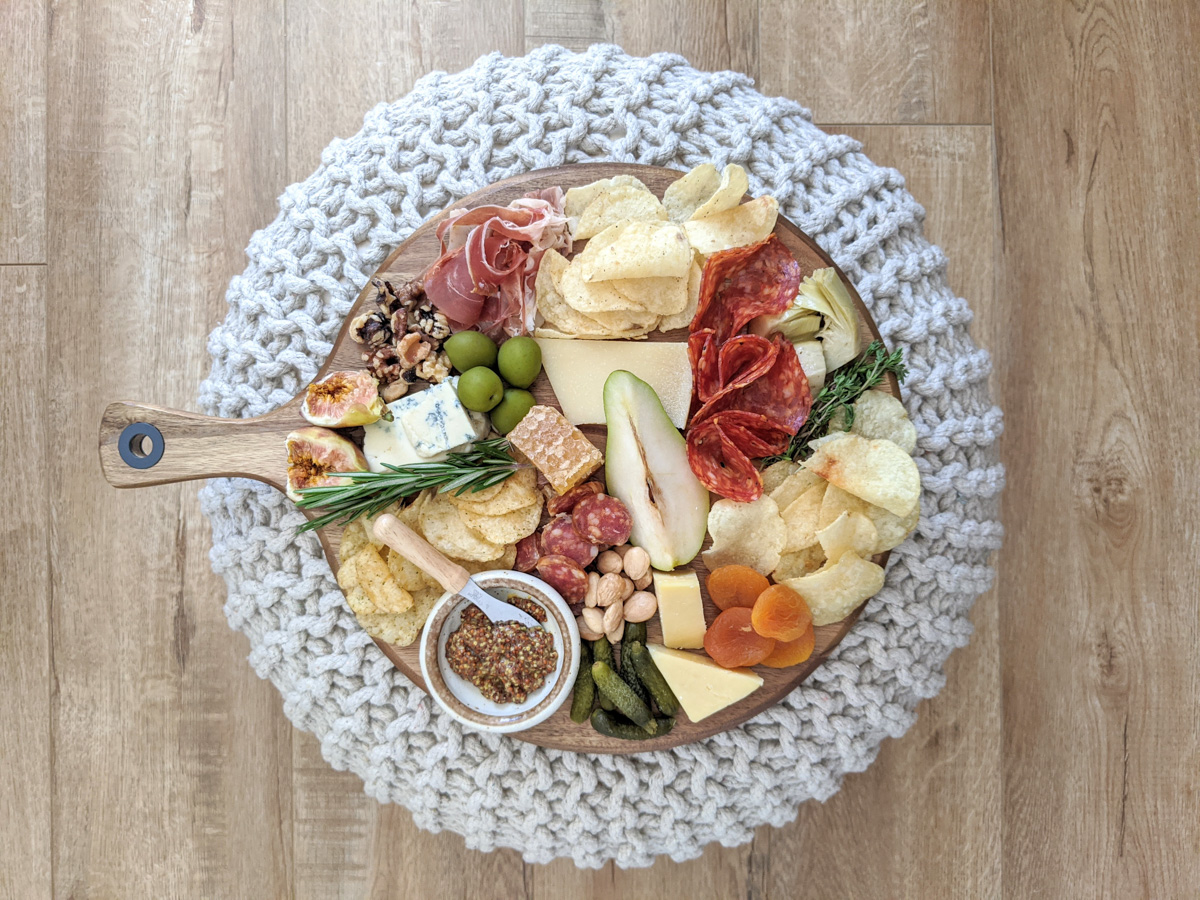
Conclusion
Creating your own charcuterie board is a fun and delicious way to impress your guests or indulge in a delightful snack. Whether you're hosting a dinner party or simply enjoying a cozy night in, the versatility and appeal of charcuterie boards make them a perfect choice.
The versatility and appeal of charcuterie boards
One of the best things about charcuterie boards is their versatility. You can customize them to fit any occasion or dietary preferences. From classic combinations of cured meats and cheeses to vegetarian or vegan options featuring an array of fruits, vegetables, and plant-based proteins, the possibilities are endless. The variety of textures, flavors, and colors on a charcuterie board are sure to please everyone's palate.
Inspiring creativity and experimentation in creating your own charcuterie masterpiece
Making a charcuterie board is also an opportunity to let your creativity shine. There are no strict rules to follow, so feel free to experiment with different ingredients, flavors, and presentations. Add unique elements like artisanal crackers, homemade dips, pickled vegetables, or even a touch of sweetness with chocolate or honey. The art of arranging the components on the board can be just as enjoyable as tasting them. Get creative with different shapes, patterns, and colors to make your charcuterie masterpiece visually appealing as well.
Making a charcuterie board doesn't have to be intimidating. It's a chance to have fun, explore new flavors, and impress your guests with a visually stunning and delicious spread. So grab your favorite ingredients, a beautiful board, and start creating your own charcuterie masterpiece. Happy snacking!


